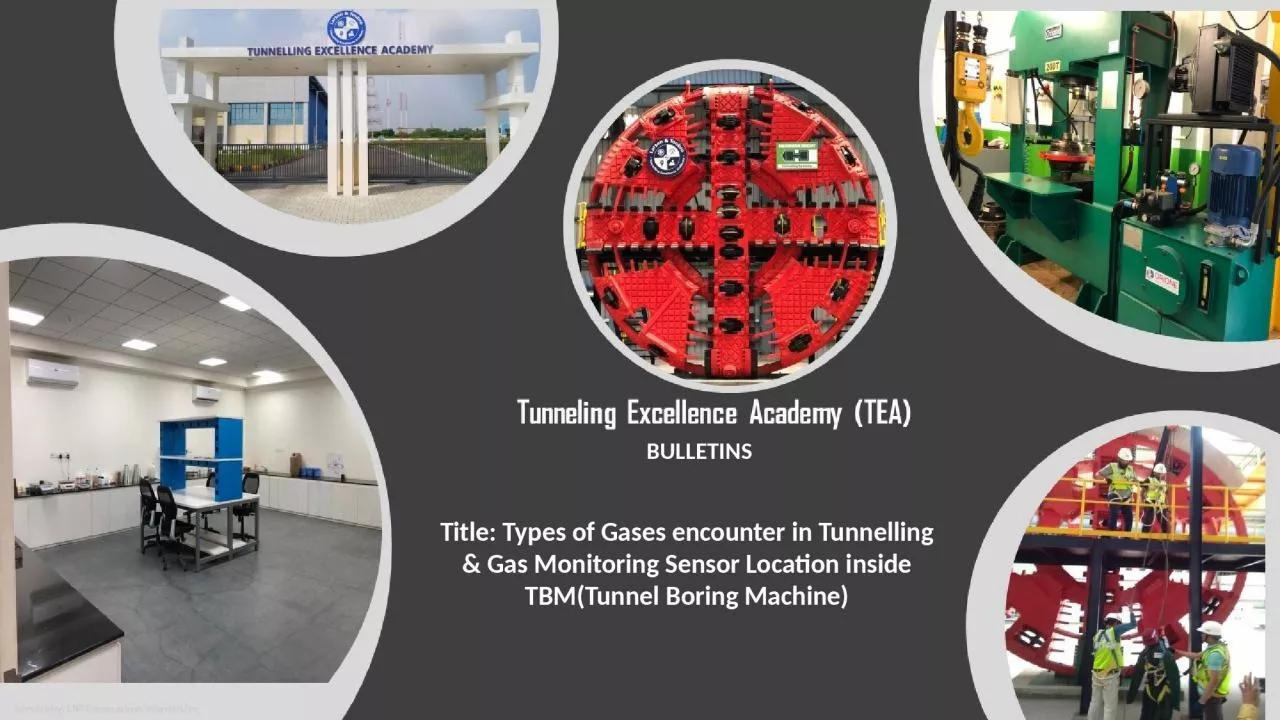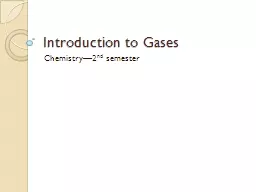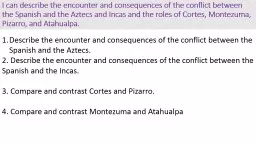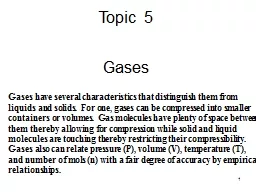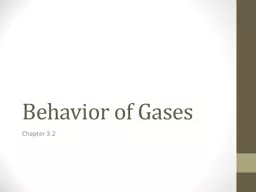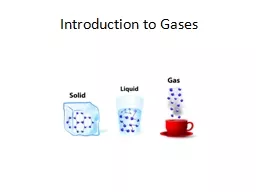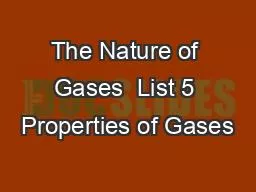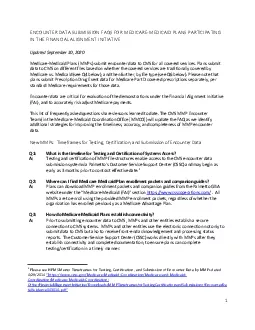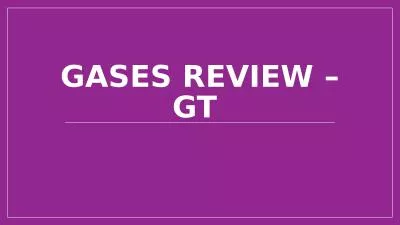PPT-BULLETINS Title: Types of Gases encounter in Tunnelling & Gas Monitoring Sensor Location
Author : bency | Published Date : 2023-10-27
As per BS 6164 in 156 section The hazardous nature of gaseous contaminants in the tunnel atmosphere should be taken into account as some are toxic flammablepotentially
Presentation Embed Code
Download Presentation
Download Presentation The PPT/PDF document "BULLETINS Title: Types of Gases encounte..." is the property of its rightful owner. Permission is granted to download and print the materials on this website for personal, non-commercial use only, and to display it on your personal computer provided you do not modify the materials and that you retain all copyright notices contained in the materials. By downloading content from our website, you accept the terms of this agreement.
BULLETINS Title: Types of Gases encounter in Tunnelling & Gas Monitoring Sensor Location: Transcript
Download Rules Of Document
"BULLETINS Title: Types of Gases encounter in Tunnelling & Gas Monitoring Sensor Location"The content belongs to its owner. You may download and print it for personal use, without modification, and keep all copyright notices. By downloading, you agree to these terms.
Related Documents

